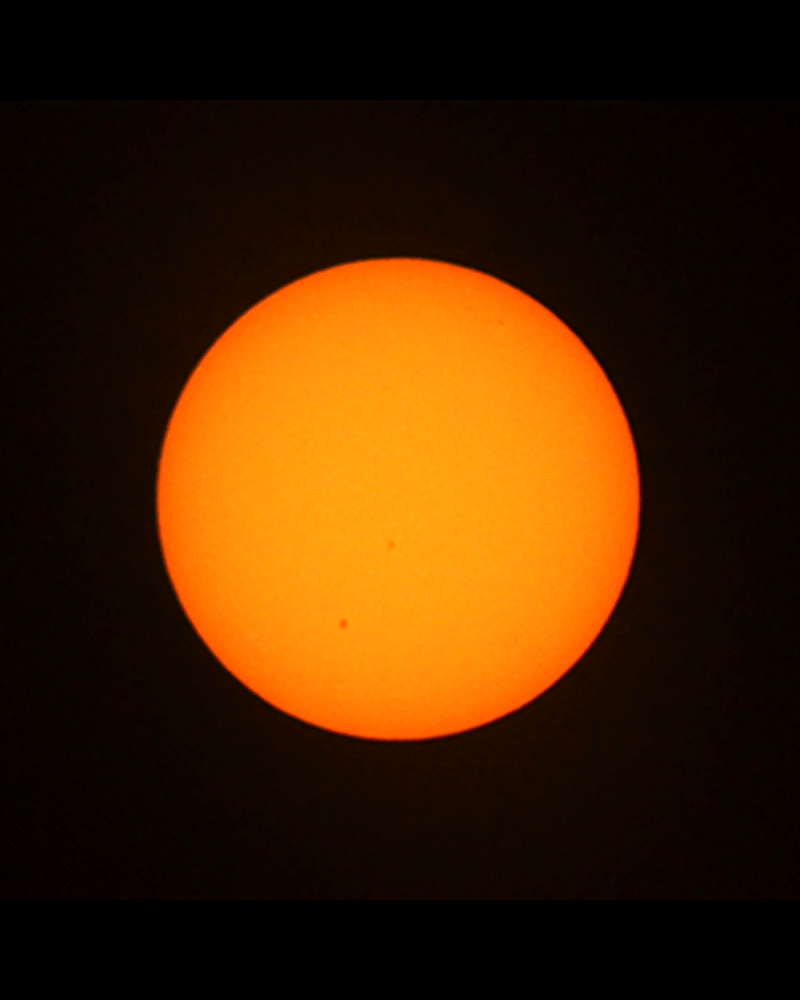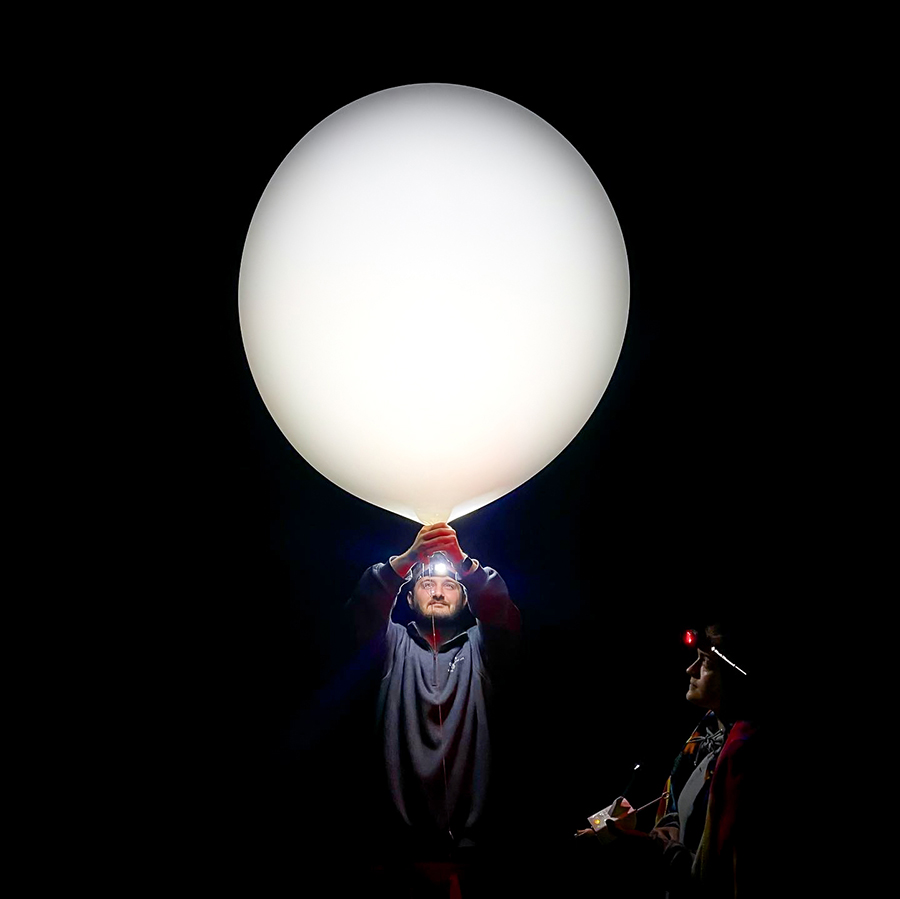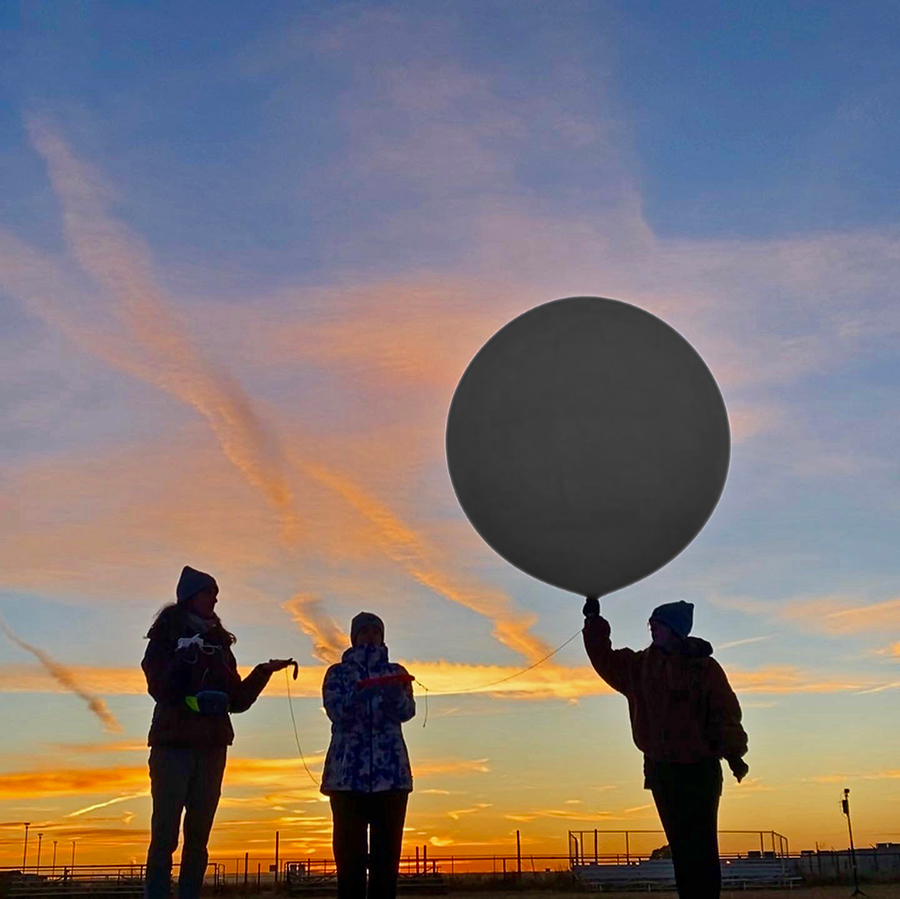
Of all the participating schools, Plymouth State is the only university to have two NASA-funded atmospheric science teams. Seventeen students and three faculty from diverse academic backgrounds are working together to bridge art and science. “All teams are making contributions scientifically, but the natural beauty of solar eclipses provides a tremendous opportunity to look at this event through an artistic perspective. I think we’re leading the way with developing artistic elements,” says Meteorology Professor Eric Kelsey, who leads one of PSU’s two teams.


Producing cyanotype photos worked well when the PSU team journeyed to New Mexico in October to observe an annular eclipse, in which approximately five percent of the sun was showing. Kelsey described this as a warmup to a total eclipse in April 2024, which will be visible in parts of the northern hemisphere including northern New Hampshire. “During that eclipse, the moon will be closer to the earth, it will appear bigger and cover the entire sun. Experiencing a total eclipse is completely different than seeing any bit of partial eclipse—it’s night and day.”

The project team’s artwork will be shared on campus in 2024. It won’t just be work from the art students, however, as students from various majors will contribute their own perspectives on the eclipse through cyanotype photography and other media. “One student is planning to make a temperature blanket from their team’s recorded temperature observations, and others are planning to work with the graphs and data that visually represent their field work,” says Ritchie. “We’re also interested in discovering what comes from the soundscapes and what we can do with that audio.”